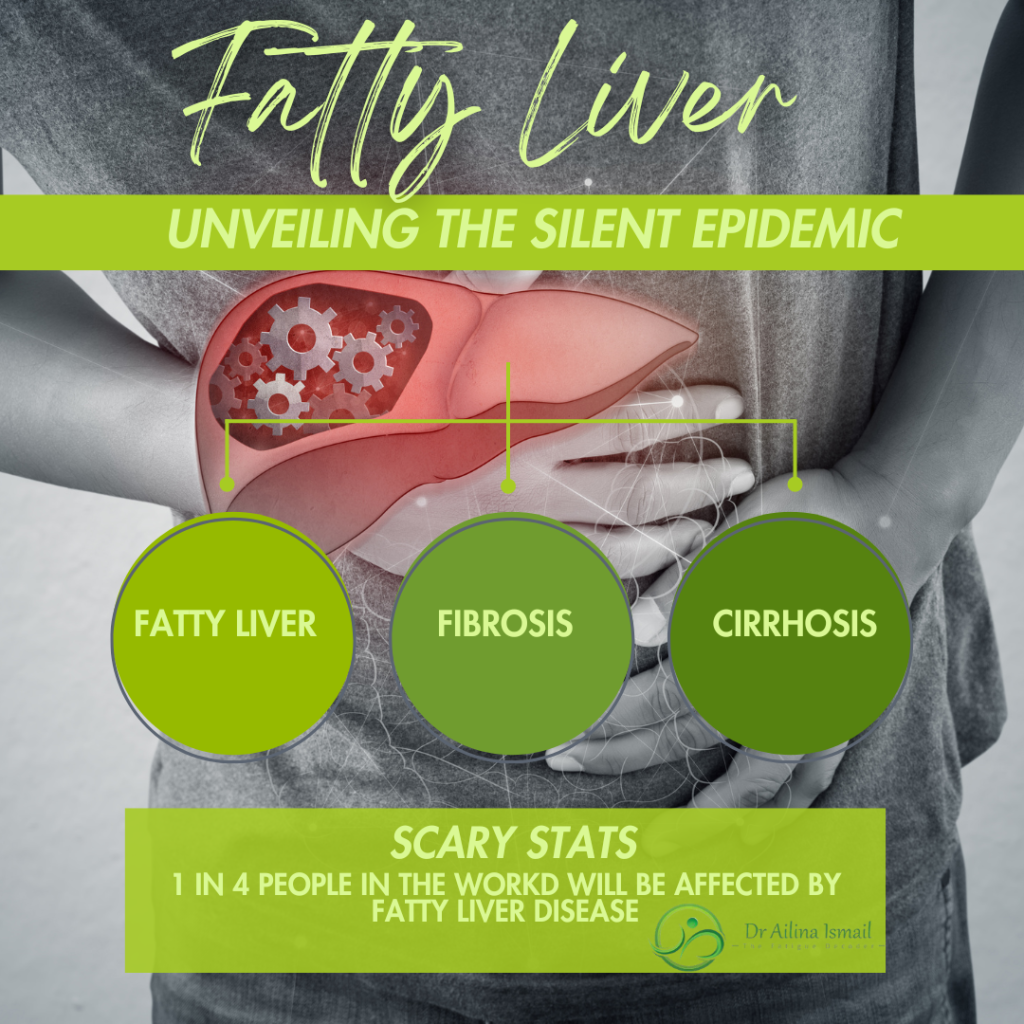 veiling the Silent Epidemic: Understanding, Diagnosing, and Managing Fatty Liver Disease
veiling the Silent Epidemic: Understanding, Diagnosing, and Managing Fatty Liver Disease
Introduction
In today’s fast-paced world, many busy, ambitious women are juggling multiple responsibilities, often at the expense of their health. One of the silent yet increasingly common health issues is fatty liver disease, which, if left unchecked, can lead to severe consequences. This article aims to provide you with valuable insights into understanding, diagnosing, and managing fatty liver disease, helping you take proactive steps towards better health.
What is Fatty Liver Disease
Fatty liver disease, also known as hepatic steatosis, occurs when excess fat builds up in the liver. This condition can be classified into two main types:
– Non-Alcoholic Fatty Liver Disease (NAFLD): This occurs in individuals who drink little to no alcohol. It’s often associated with obesity, insulin resistance, high blood sugar, and high levels of fats in the blood.
– Alcoholic Fatty Liver Disease (AFLD): This is a result of excessive alcohol consumption, leading to fat accumulation in the liver.
Root Causes of Fatty Liver Disease
Understanding the root causes of fatty liver disease is crucial for effective management. Here are some primary factors:
– Obesity: Excess weight, especially around the abdomen, is a significant risk factor.
– Insulin Resistance: Conditions like type 2 diabetes and metabolic syndrome can lead to insulin resistance, contributing to fat accumulation in the liver.
– Poor Diet: Diets high in sugars, refined carbohydrates, and unhealthy fats can promote liver fat buildup.
– Sedentary Lifestyle: Lack of physical activity can exacerbate the risk of developing fatty liver disease.
– Genetics: A family history of fatty liver disease can increase your susceptibility.
– Other Health Conditions: Conditions such as hypothyroidism, polycystic ovary syndrome (PCOS), and sleep apnea are also linked to fatty liver disease.
Diagnosing Fatty Liver Disease
Diagnosing fatty liver disease typically involves several steps:
- Medical History and Physical Examination: Your doctor will review your medical history and perform a physical exam to check for signs of liver disease.
- Blood Tests: From a functional medicine perspective, we review blood tests with optimum reference ranges, which may differ from the ‘normal references’ given by Australian pathology labs. Elevated liver enzymes (ALT and AST) can indicate liver inflammation or damage.
- Imaging Tests: Ultrasound, CT scans, MRI, and FibroScan can visualize fat accumulation in the liver and assess liver stiffness, indicating fibrosis.
- NAFLD Fibrosis Score: Calculate your Non-Alcoholic Fatty Liver Disease (NAFLD) Fibrosis Score to assess the risk of advanced fibrosis.
Managing Fatty Liver Disease
Effective management of fatty liver disease involves lifestyle changes, medical interventions, and regular monitoring. Here are key strategies:
– Healthy Diet: Focus on a balanced diet rich in fruits, vegetables, whole grains, lean proteins, and healthy fats. Avoid sugary foods, refined carbs, and saturated fats.
– Regular Exercise: Engage in at least 150 minutes of moderate-intensity aerobic exercise per week, along with strength training exercises.
– Weight Management: Achieving and maintaining a healthy weight can significantly reduce liver fat.
– Medications: In some cases, medications may be prescribed to manage associated conditions like diabetes, high cholesterol, or obesity.
– Avoid Alcohol: Reducing or eliminating alcohol consumption is crucial, especially for those with AFLD.
– Monitor Health: Regular check-ups with your healthcare provider are essential to monitor liver health and adjust your management plan as needed.
Consequences of Ignoring Fatty Liver Disease
If left untreated, fatty liver disease can progress to more severe conditions:
– Non-Alcoholic Steatohepatitis (NASH): This is a more aggressive form of NAFLD, characterized by liver inflammation and damage, which can lead to fibrosis (scarring).
– Liver Fibrosis: Continuous liver damage can cause scar tissue to form, leading to fibrosis.
– Cirrhosis: Advanced fibrosis can progress to cirrhosis, where the liver is severely scarred and loses its functionality.
– Liver Cancer: Chronic liver inflammation and damage can increase the risk of developing liver cancer.
– Liver Failure: In severe cases, liver function may decline to the point of liver failure, requiring a liver transplant.
Conclusion
Fatty liver disease is a serious but manageable condition. By understanding its root causes, diagnosing it early, and adopting a proactive approach to management, you can protect your liver and overall health. Remember, your health is your most valuable asset. Taking steps today to care for your liver can lead to a healthier, more vibrant tomorrow.
For more personalized advice and support, feel free to reach out and join our community of health-conscious women who are taking charge of their well-being. Together, we can navigate the path to better health and vitality.
